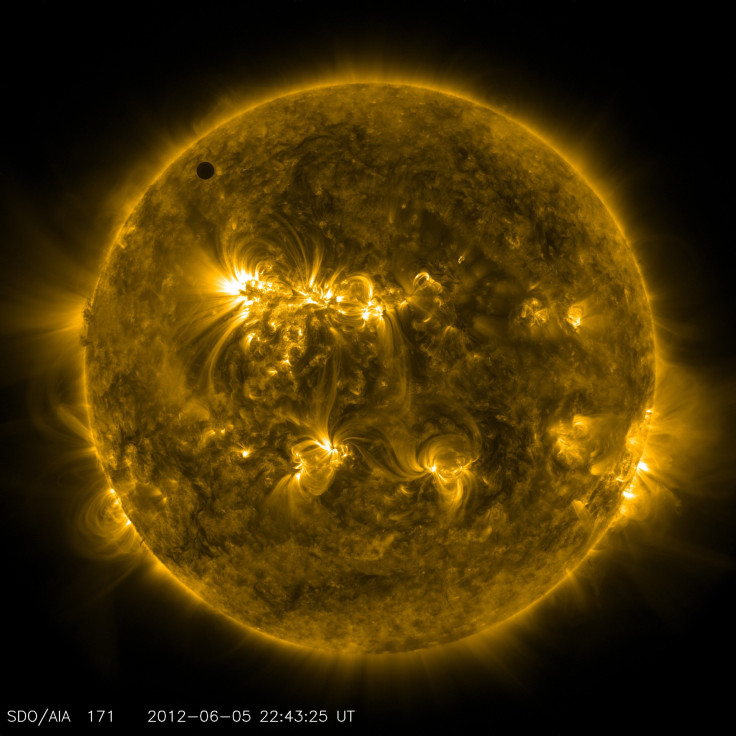Sun turned once-habitable Venus to hell

The blue, green and occasional yellowish patches that are so exclusive to Earth when seen from space may have also been true for Venus. In fact, NASA thinks Venus may have looked like Earth once. It was a planet capable of life, with a shallow liquid-water ocean and habitable surface temperature for up to two billion years.
However, Venus’ oceans evaporated due to it being too close to the sun. This led to build-up of carbon dioxide that produced global warming and today’s temperatures of more than 460 degrees Celsius. New modelling done by Goddard Institute for Space Studies (GISS) showed the planet may have had a very different past.
The study, published in the journal Geophysical Research Letters, revealed that systems used to monitor climate change on Earth may be employed to provide extraordinary insight into the former climatological life of other planets. Venus, today is a hellish planet with extreme surface temperatures, no water vapour and carbon dioxide atmosphere 90 times as thick as Earth’s.
“Many of the same tools we use to model climate change on Earth can be adapted to study climates on other planets, both past and present. These results show ancient Venus may have been a very different place than it is today,” Michael Way, a researcher at GISS and the paper’s lead author, said in a statement.
NASA used a land-ocean pattern to show how storm clouds may have shielded ancient Venus from lethal sunlight and made the environment habitable. The new research also revealed that a slower planet rotation doesn’t necessarily mean a thicker atmosphere. Venus takes 117 Earth days to complete one rotation. However, experts no longer believe that excludes it from have a habitable environment, write News.com.au.
“In the GISS model’s simulation, Venus’ slow spin exposes its dayside to the Sun for almost two months at a time. This warms the surface and produces rain that creates a thick layer of clouds, which acts like an umbrella to shield the surface from much of the solar heating,” said Anthony Del Genio, fellow GISS scientist and co-author.





















